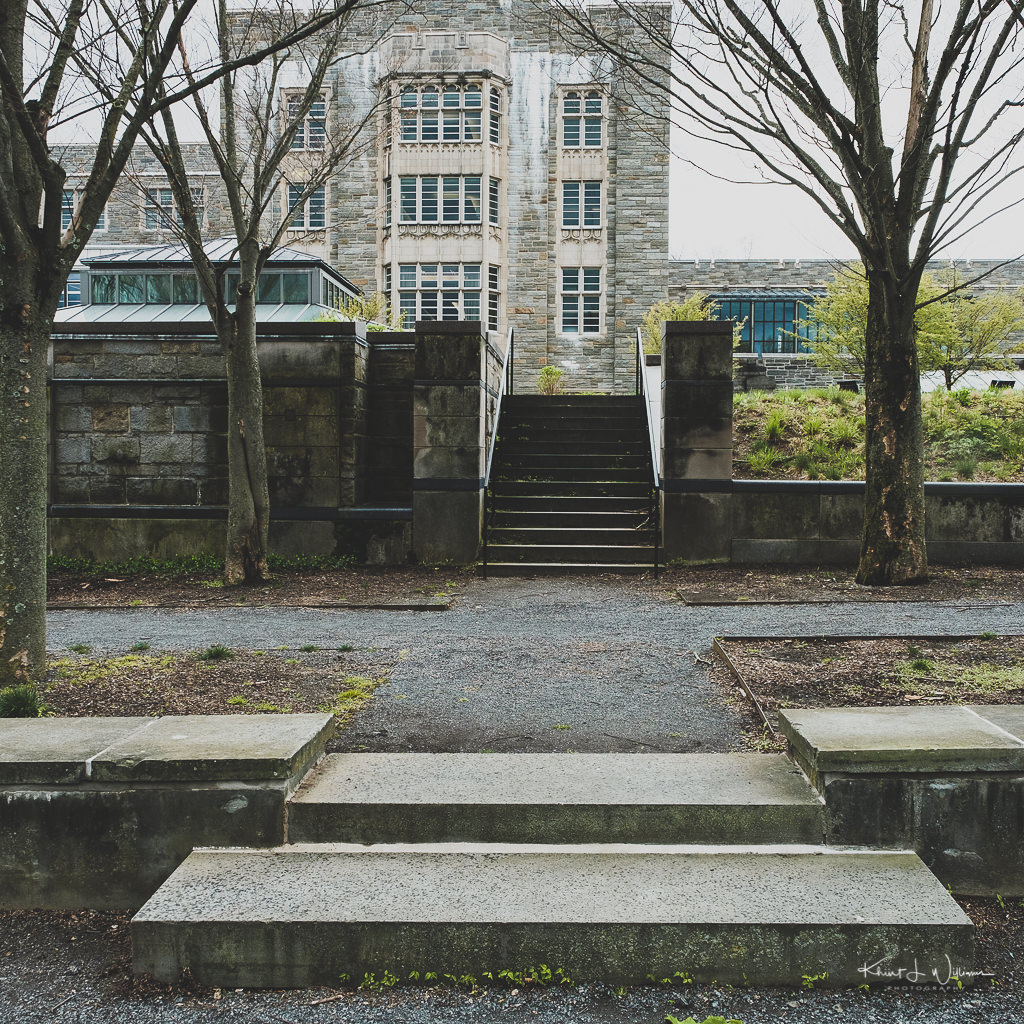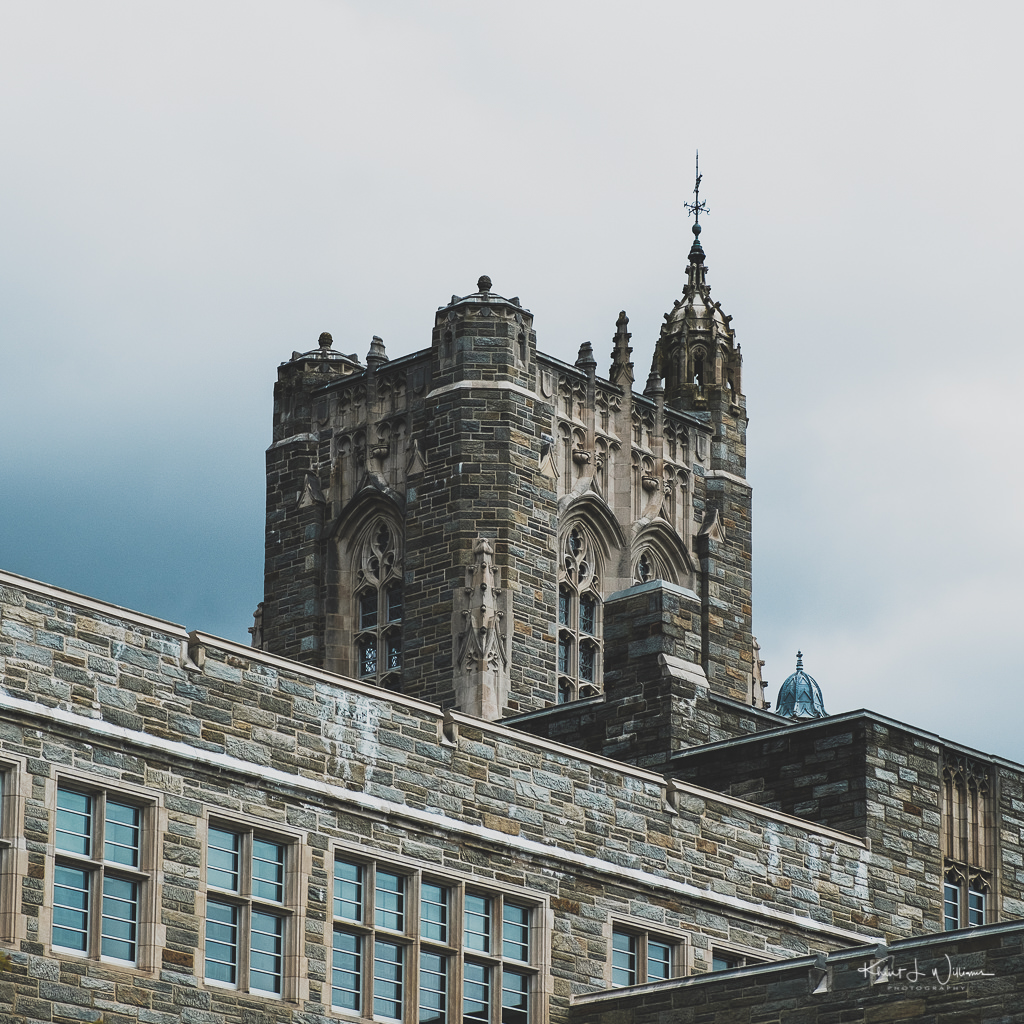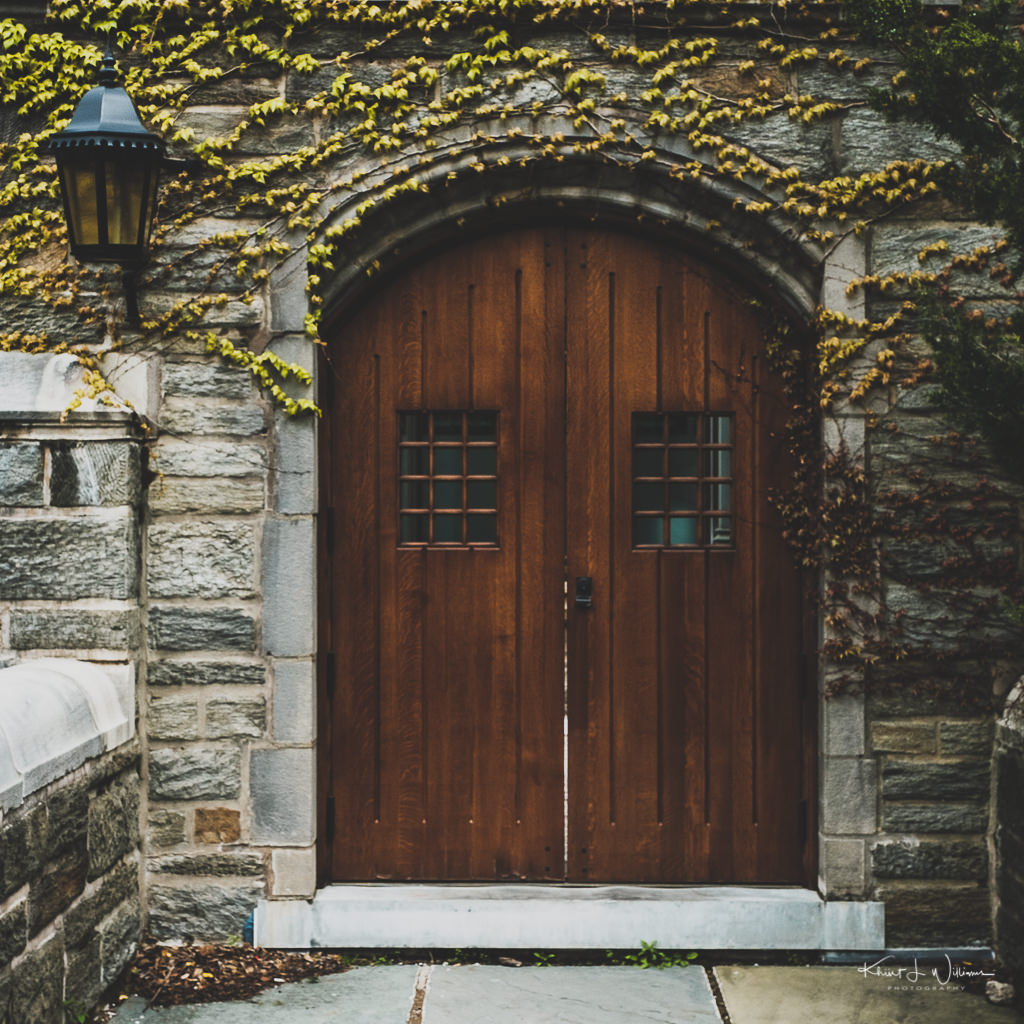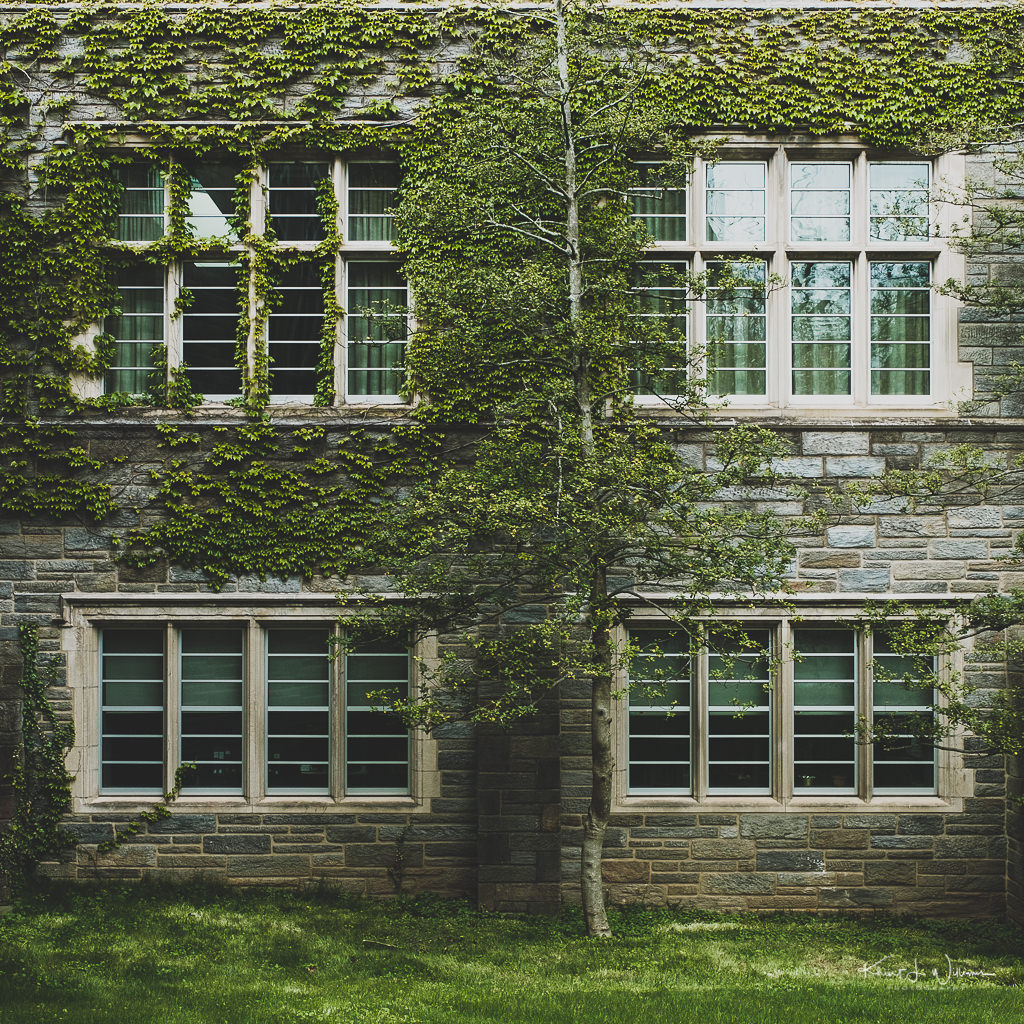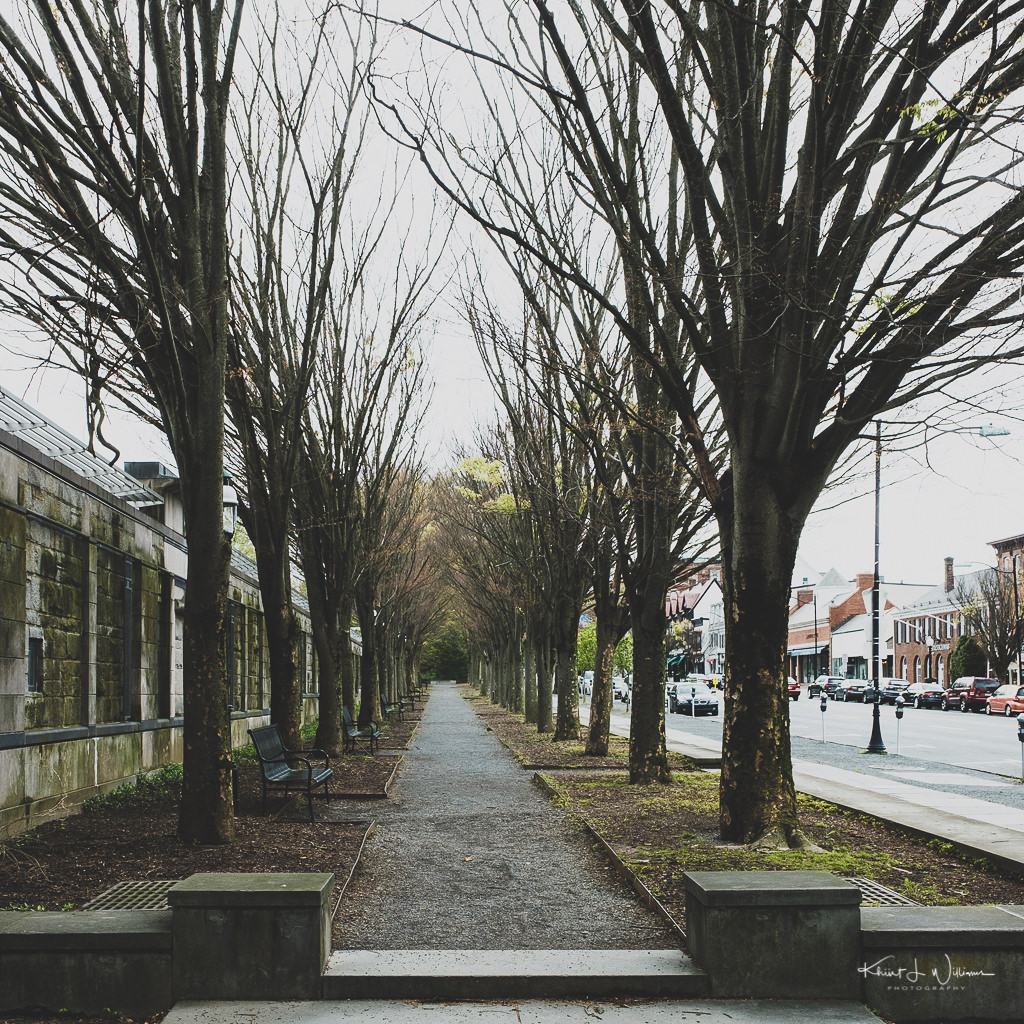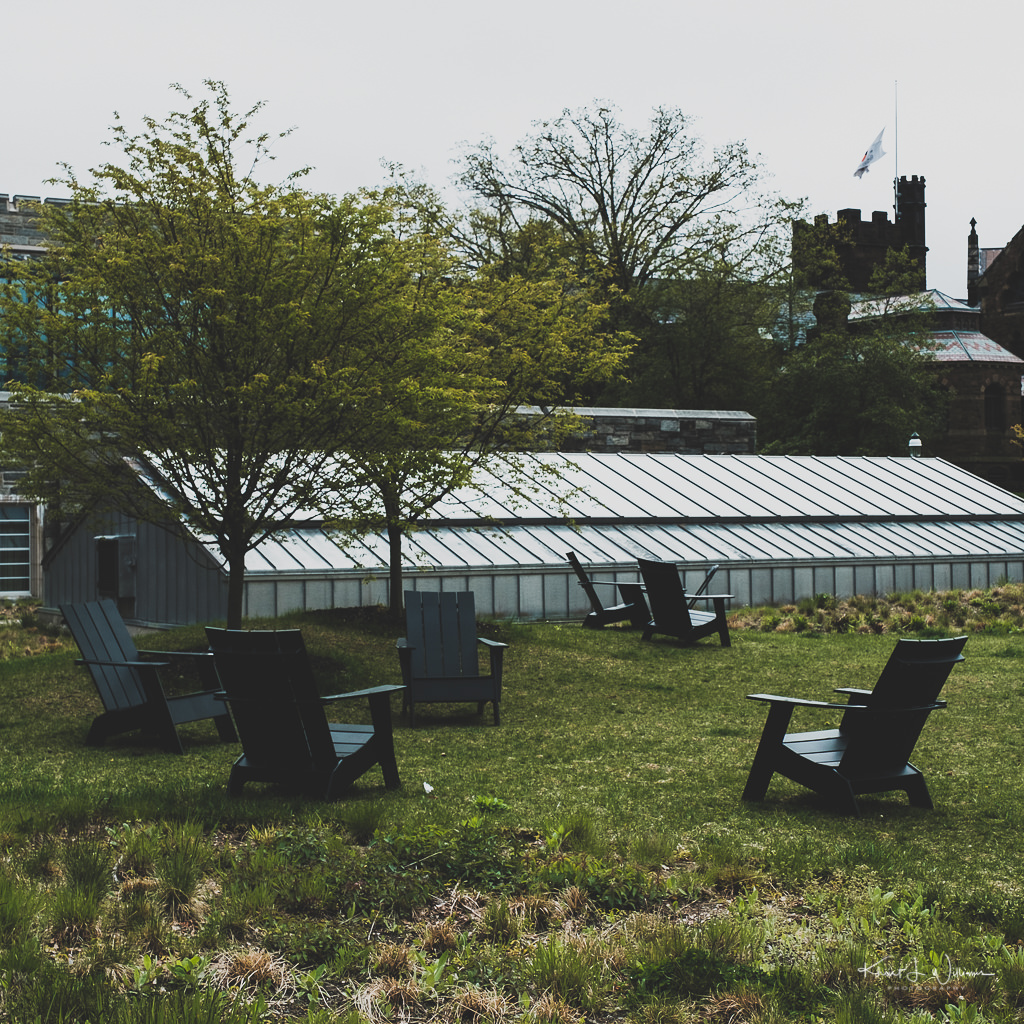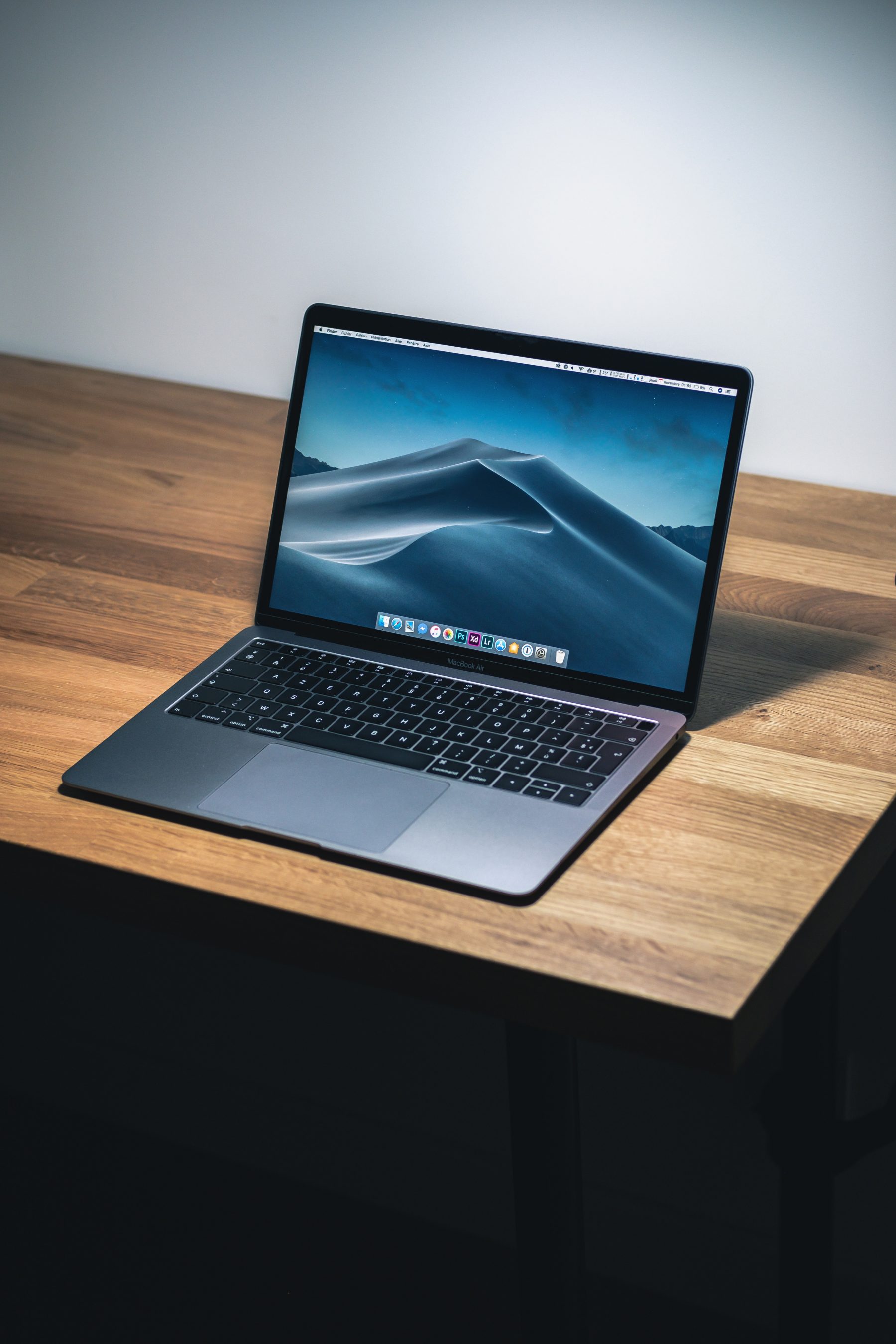Inspired by Ritchie Roesch's post on aspect ratios and his Agfa Optima Film simulation recipe and the 100% cloud cover over the area today (and probably tomorrow), I drove into downtown Princeton to see what had changed in the last two weeks since I had visited.
I parked on Nassau Street and walked up the steps to the publicly accessible garden, Betsey Stockton Garden, between Firestone Library and Nassau Street.
According to Princeton University:
Stockton was an enslaved person in the Maclean House home of Princeton President Ashbel Green who, upon gaining her freedom, became a missionary and then served the Princeton community as a founder of the Witherspoon Street Presbyterian Church and as a teacher and founder of the first school in Princeton for children of colour. She is commemorated in a stained-glass window in the church her former students presented.
I don’t usually shoot square images, but I experimented with various compositions while walking around the Firestone Library.
So that you know, the square images below are captured using the 1:1 ratio on my Fujifilm X-T2. My goal was to shoot using the Agfa Optima Film simulation recipe and the SOOC JPEGs for this post. However, I could not get the Agfa Optima Film simulation recipe to work under lighting conditions. I looked at the JPEG images but didn’t like the result. They didn’t feel right compared to the example images on Ritchie’s website. I scrapped all the JPEGs but kept the square format. I applied an Adobe Lightroom Preset that I created to give my photographs a cinematic look.
